Search Images
Browse Content (p. 1070)
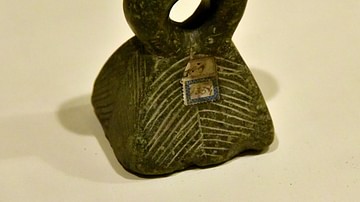
Image
Stone Seal from Gordion
Stone Seal from Gordion (Gordium), the capital city of ancient Phrygia, in modern-day Turkey. First half of the 1st century BCE. (Museum of Archaeology, Istanbul, Turkey).
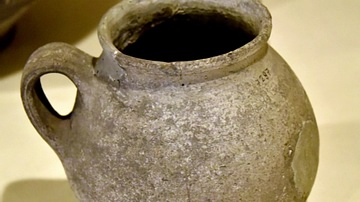
Image
Mug from Yazilikaya
Single-handed mug. Baked clay. From Yazilikaya (City of Midas), in modern-day Turkey. 7th-6th century BCE. (Museum of Archaeology, Istanbul, Turkey).
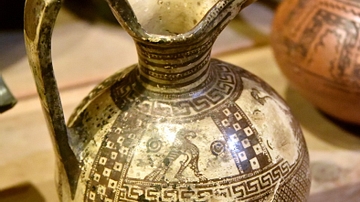
Image
Jug from Gordion, Tumulus K III
Single-handed spouted jug from "Tumulus K.III" at Gordion (Gordium), in modern-day Turkey. Mid-8th century to early 7th century BCE. (Museum of Archaeology, Istanbul, Turkey).
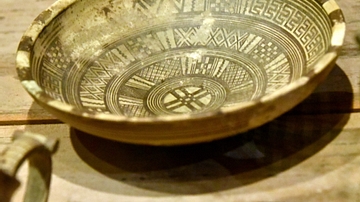
Image
Bowl from Gordion, Tumulus K III
Bowl from "Tumulus K.III" at Gordion (Gordium), in modern-day Turkey. Mid-8th century to early 7th century BCE. (Museum of Archaeology, Istanbul, Turkey).
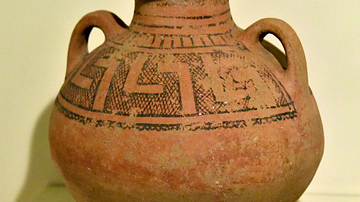
Image
Jar from Phrygia
Double-handed terracotta jar from Phrygia, in modern-day Turkey. 7th-6th century BCE. (Museum of Archaeology, Istanbul, Turkey).
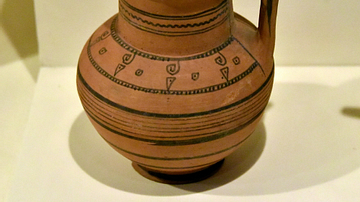
Image
Jug from Phrygia
Terracotta jar from Phrygia, in modern-day Turkey. 7th-6th century BCE. (Museum of Archaeology, Istanbul, Turkey).
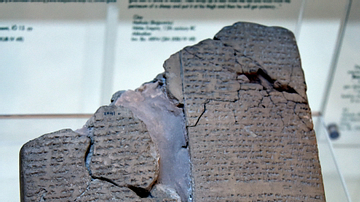
Image
The Soldiers' Oath Tablet from Hattusa
This clay tablet describes the ceremony of the oath taken by the Hittite soldiers and the cursing of those who fail to keep the oath. 13th century BCE, from Hattusa (Bogazkoy), in modern-day Turkey. (Museum of Archaeology, Istanbul, Turkey...
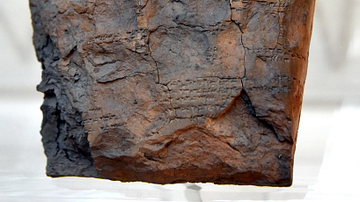
Image
Donation Tablet from Hattusa
This clay tablet refers to the gift given by the king Arnuwanda and queen Asmunikal. The gift was a group of slaves, animals, and land which were given to the priestess temple Kuatalla on her marriage. The tablet was signed (stamped) with...

Image
The Deeds of Suppiluliuma I Tablet from Hattusa
In relating the wars waged by his father Suppiluliuma (Šuppiluliuma) I and the victories won, the Hittite king Mursili (Muršili) II mentions that after the death the Egyptian king Nibhururia (Tutankhamun), the queen Dahamunzu (Akhsenamun...
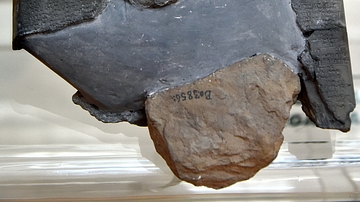
Image
The Tablet of the Treaty between Suppiluliuma I and Hukkana
This clay tablet mentions the details of the treaty between the Hittite king Suppiluliuma (Šuppiluliuma) I and the Haiasa (Haiaša) prince Hukkana. 13th century BCE (the tablet was originally written in the mid-14th century BCE), from Hattusa...